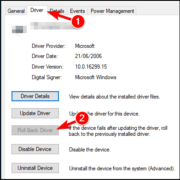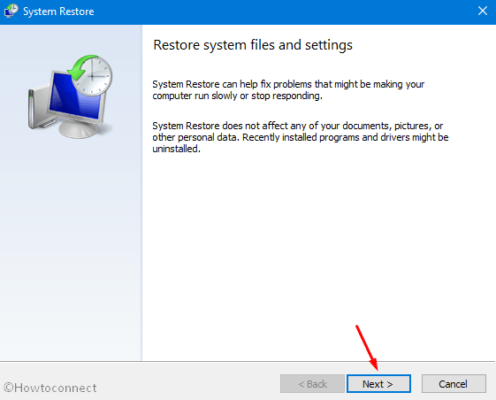

See Download kits for Windows hardware development.įor information about NDIS 6.1 features, see Introduction to NDIS 6.1.įor information about NDIS 6.20 features, see Introduction to NDIS 6.20.įor information about backward compatibility and obsolete features that are not supported in NDIS 6.20 drivers, see NDIS 6.20 Backward Compatibility.įor information about NDIS 6.30 features, see Introduction to NDIS 6.30.įor information about NDIS 6.40 features, see Introduction to NDIS 6.40.įor more information about NDIS 6.50 features, see Introduction to NDIS 6.50. Windows Vista with Service Pack 1 (SP1) and Windows Server 2008

Multiprocessor scaling of received data handling.Major improvements in the following provide significant performance gains for both clients and servers: Wi-Fi Protected Access (WPA) in Windows XP SP1.Offloading the Processing of UDP-Encapsulated ESP Packets (Windows Server 2003 only).
BUGCODE NDIS DRIVER WINDOWS 10 INSTALL DRIVERS
Packet stacking for intermediate drivers.Scatter/gather support for both serialized and deserialized miniport drivers.See Download kits for Windows hardware development Scatter/gather DMA support for deserialized miniport drivers.New INF file format compatible with Windows 95/98/Me.Windows NT DDK with updated NDIS header and library Windows NT 4.0 DDK or Windows 98 DDK for Vxds Operating systemĪdded support for miniport drivers and Plug and Play.Īdded support for Power Management and WMI. Windows operating system, Microsoft Windows Driver Kit (WDK), and Driver Development Kit (DDK) version support for NDIS versions, as well as support for major NDIS features across NDIS versions, are described in the following table. Solution 3: Scan Your Computer for Malware.A driver can query the NDIS version by calling the NdisReadConfiguration function with the Keyword parameter set to NdisVersion.Solution 4: Temporarily Disable Your Antivirus Program.Solution 7: Check Your Hard Drive for Errors.


NDIS is short for Network Driver Interface Specification which is one of the legitimate components of Windows operating system. It is designed to help the computer system to communicate with other connected devices and hardware on a computer network. Ndis.sys, a critical system file developed by Microsoft, is an essential part of your Windows operating system. It is related to Network Driver Interface Specification and is a repository of system driver settings used by Windows to communicate with connected devices and hardware. This ndis.sys file is stored in the path of C:\Windows\System32\drivers by default.Ĭommonly, the file won’t bring any damages to your computer or affect computer performance. The most likely factors of this error are as follows: However, various factors may lead to problems related to ndis.sys file, like ndis.sys failed BSOD (with the error message driver_irql_not_less_or_equal), high latency and so on. Of course, there are some other potential reasons. Some users have tried disabling the ndis.sys to fix this error, but you are not recommended to do so. So, what can you do to fix this ndis.sys failed error? Just continue reading this guide to get feasible troubleshooting.Ĭomplete Guide to Fix Ndis.sys BSOD Error in Windows 10 After all, it is essential for the normal functioning of your Windows and it will restart automatically if you disable it. Temporarily Disable Your Antivirus Program.


 0 kommentar(er)
0 kommentar(er)
